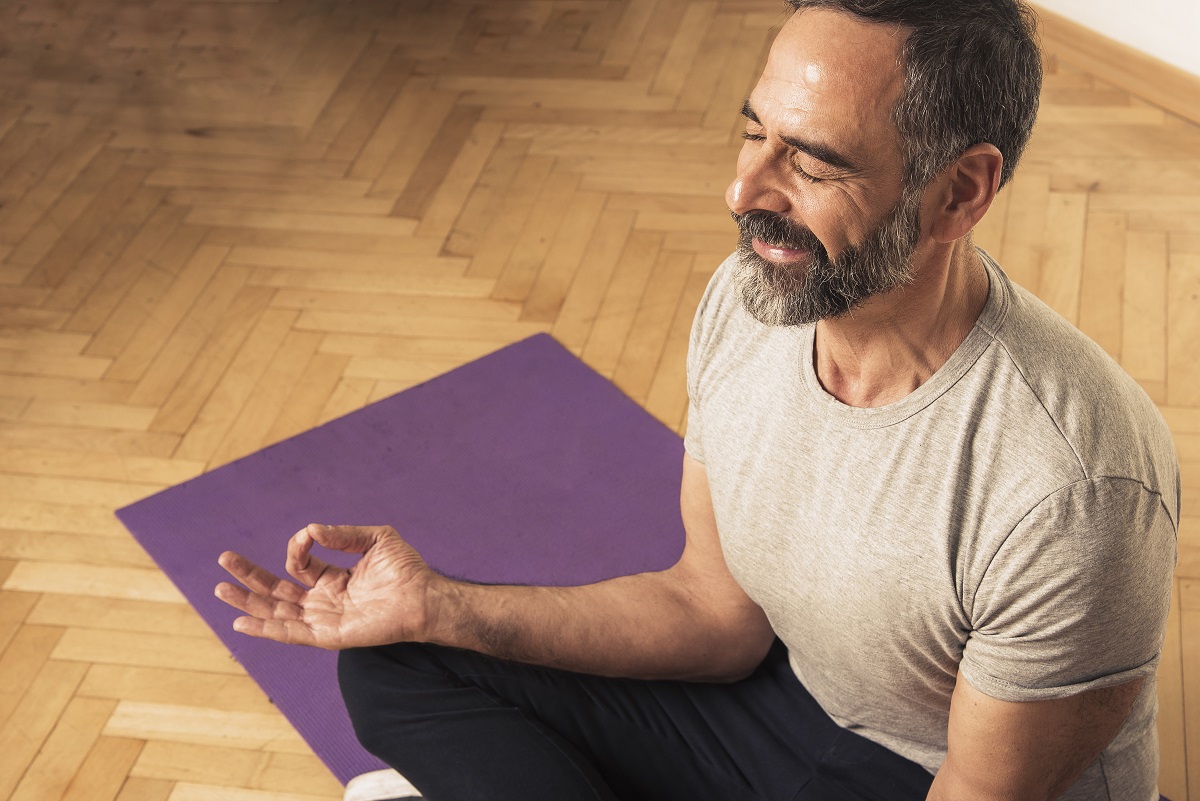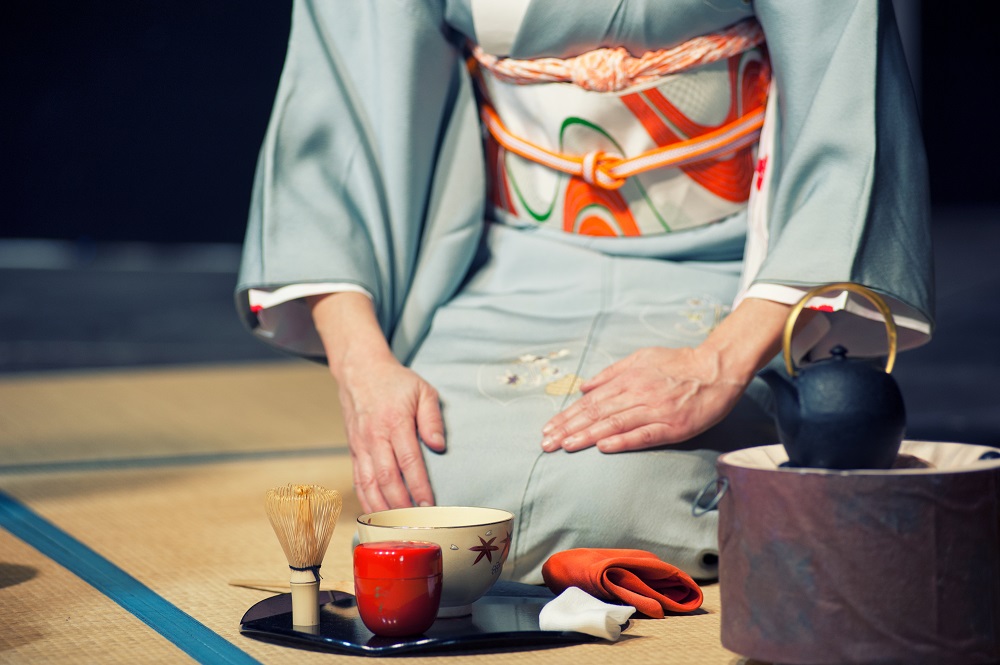The No-Nonsense Guide to Mindfulness for Healthy Living (at Home and in the Workplace)

By being aware of mindfulness, you can make a positive impact in a number areas of your life
Mindfulness is currently one of the most popular buzzwords in exercise and fitness. And it is no wonder – who would not want to feel more equilibrium and balance within oneself and one’s surroundings?
However, mindfulness is so much more than an abstract luxury available to the most devoted mediators or yoga enthusiasts.
Research published in the Journal of Mental Health and Physical Activity found that dedicated mindfulness may improve physical appears, increase work productivity, and even promote longevity.
A comprehensive look at how to practice mindfulness can show how this practice may improve well-being in every area of life.
What is Mindfulness?
Mindfulness is the psychological practice of purposefully drawing one’s attention to experiences occurring in the present moment without judgment.
Although the idea of mindfulness first gained traction in the Western world during the 1970s, mindfulness is a highly complex and structured practice detailed in sacred texts that date back thousands of years.
Famous practitioners who influenced the spread of mindfulness in the Western context include Thích Nhất Hạnh, Herbert Benson, Jon Kabat-Zinn (founder of the Mindfulness-Based Stress Reduction-MBSR program at the University of Massachusetts).
Structure of Mindfulness
As you have probably gathered, mindfulness is so much more than “being thoughtful” for 10 minutes a day. It is an active practice with the ultimate goal of integrating naturally within your lifestyle (allowing you to become a mindful person without the burden of excessive anxiety).
In fact, the common trope of “10 minutes a day” comes from the expert-recommended minimum of meditating for 10 minutes – as meditation is only one of the many options for mindfulness engagement. Some of the most effective forms of mindfulness blend with or overlap physical fitness and activity.
The structure of mindfulness is as follows:
- Sati – An expression taken from the liturgical language Pali, this concept refers to concentrated attention on the matters that are important at hand.
- Smriti – The Sanskrit counterpart of sati.
- Dharma – In this context, dharma refers to recognition and thereby gaining control of internal and external phenomena. There are 22 phenomenological faculties total, including your six sensory faculties (i.e. hearing, taste, etc), three physical faculties (i.e. strength, vitality, etc.), five feeling faculties (i.e. physical joy or pain, mental joy or grief, equanimity), five spiritual faculties, and three final knowledge faculties.
Once you have established the foundational basics, there are different methods of proceeding with mindfulness practice. Looking at original and traditional schools of thought on mindfulness can provide insight on how the practice overlaps with fitness and exercise activities.
The Five-Aggregate Model
The five-aggregate model is one of the most ancient understandings of mindfulness.
- Material – Understanding matter that flows to and from the material body and eliminating excesses.
- Feelings – Shifting thoughts from low or high extremes until they are neutral.
- Perception – Awareness of attributes of an object (e.g. objects that are “closer than they appear”).
- Volition – Recognition of the startling ability to control bodily, verbal, or mental behaviors.
- Sensory consciousness – Recognition of the impact that the five senses can have on thoughts that arise in the mind (and making changes accordingly).
Other Models of Practice:
Zazen – A Japanese concept of sitting to suspend all judgmental thinking and letting all words, ideas, images, and thoughts without becoming emotionally involved in them.
Kinhin – The practice of walking meditation (traditionally practiced between routine sessions of zazen).
Contemporary Vipassana – A practice that involves insight into the “Three Marks of Existence”:
- Understanding that anything “bad” that happens is not permanent.
- Understanding that there is no such thing as total satisfaction in the earth’s circumstances.
- Understanding that outward things or circumstances are not a reflection of true self.
Anapanasati – Anapanasati refers to the mindfulness of breathing. The popular concept of “belly breathing” or diaphragmatic breathing for physical therapy and stress relief is associated with this practice.
Satipaṭṭhāna – This is the intensive practice of mindfulness in day-to-day life. It involves maintaining as much as possible a calm awareness (clear comprehension) of one’s body, feelings, and mind.
Transcendental or Mindful Yoga – Usually practiced under the guidance of trained instructor, this method involves yoga asanas while attending to movements and bodily sensations.

Have you tried yoga? It can have a profound impact on your health
Implementation of Mindfulness
Now that we have established that mindfulness is an advanced school of thought (with centuries of devotees and related contemporary scholarship), you may be wondering how a beginner might apply the practice to everyday life.
Fortunately, there is no need to run off to the nearest monastery or learn conversational Sanskrit. Experts recommend the following tips and ideas.
1. Try Using the STOP Method for Beginners
The STOP acronym is a simplified mindfulness exercise anyone can try.
- Stop – Take a momentary pause (regardless of what you are doing).
- Take a breath. Feel the sensation of own breathing through your diagram. This belly breathing brings you back to the present moment.
- Observe. Akowledge what is happening without judgment (just note it).
- Proceed. After checking in with the present moment, proceed with a solution or course of action.
2. Take (or Request) Corporate Yoga
Increasingly, major companies now offer discounted, company-sponsored yoga to boost employee productivity. Sign up for a course or suggest one if your company does not currently offer this benefit. If you are interested in learning from a leading practitioner, contact the yoga studio and request a corporate-discount package — a win-win for everyone involved.
3. Practice Mindful or Intuitive Eating
This practice involves learning to distinguish between true hunger and non-hunger triggers for eating as well as making it a point to consume food or supplements full of antioxidants.
A prominent example of putting mindful eating into practice is the traditional Japanese tea ceremony. It involves engaging the senses (colours, smells, sounds, textures, and flavours), noting the effect tea has on feelings (e.g. calming nerves), eating slowly and without distraction, and appreciating food.

A traditional Japanese tea ceremony
In short, mindful or intuitive eating refocuses the goal of eating on nourishment, maintaining overall health, and promoting personal well-being.
The Bottom Line
Mindfulness can be an effective way to embark upon a lifestyle change. By drawing on time-tested traditions and contemporary research, you can select the right method to improve your quality of life both at home and in the workplace.
